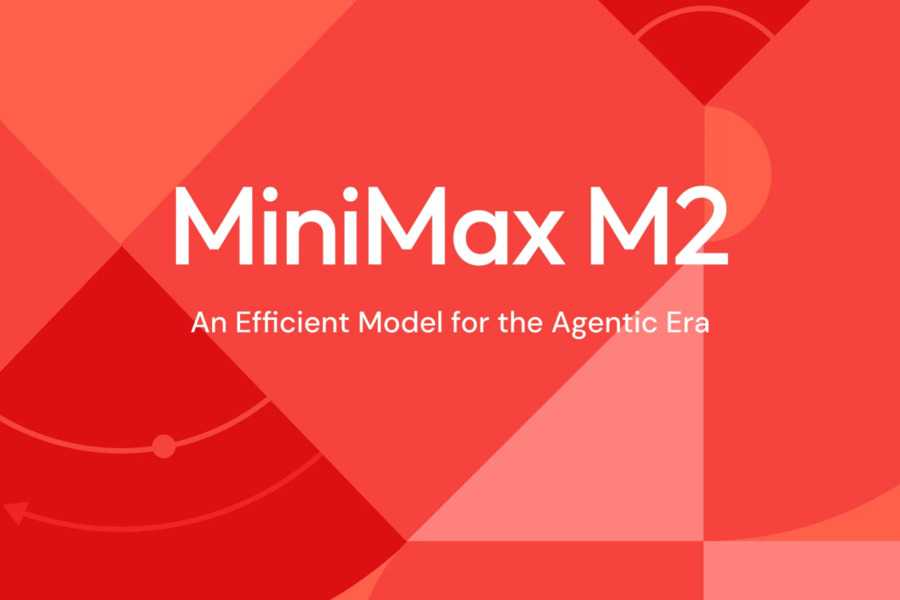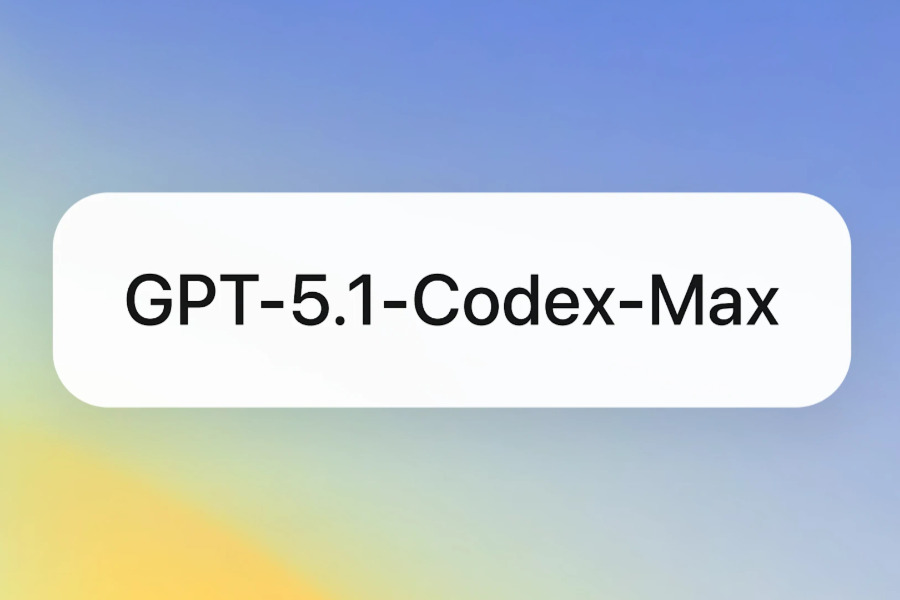MiniMax, a prominent player in the artificial intelligence field, has officially launched its newest large language model, MiniMax M2, as an open-source offering. This compact yet powerful model is engineered for groundbreaking efficiency and superior performance, specifically targeting complex agent workflows and end-to-end coding tasks.
With a token-per-second cost reportedly 92% lower than Anthropic’s Claude models and a speed increase of nearly two times, the MiniMax M2 positions itself as a highly cost-effective and competitive AI solution for the global developer and enterprise community.
What is MiniMax M2?
MiniMax M2 is described by its creators as a model specifically optimized for programming tasks and Agent workflows. It employs an advanced architecture that, while boasting a substantial total of 230 billion parameters, strategically activates only 10 billion parameters during inference.
This efficient design is key to its low computational overhead, allowing it to deliver near-frontier intelligence at a fraction of the traditional cost.
The model is built to handle complex, long-horizon tasks, supporting an extensive context window of 204,800 tokens and a substantial output capacity of up to 131,072 tokens. This vast context is critical for maintaining coherence in multi-step agent operations and large-scale code editing projects.
Key Features of MiniMax M2
The M2 model is not just a general-purpose LLM; its design heavily emphasizes practical application in development and automation, centered around two core pillars of excellence.
1. Advanced Coding Capability
MiniMax M2 is specifically optimized for developers’ day-to-day workflows. Its proficiency spans the entire development lifecycle, including generating high-quality code snippets and modules, effectively managing and modifying code across multiple files within a repository.
A standout feature is its ability to independently execute code, identify errors, and suggest or implement test-validated fixes. Terminal-Bench and SWE-Bench testing reveal it operates more like an independent developer than merely a coding model.
The model seamlessly integrates with mainstream development tools and environments, including Claude Code, Cursor, and various AI IDEs, supporting a true end-to-end development experience.
2. High-Performance Agentic Capability
The M2 excels in autonomous operations and long-term planning, making it a powerful foundation for building advanced AI agents. It can reliably process long-term tool chains, interacting with Shell commands, browser environments, Python executors, and MCP tools.
In agentic evaluations such as BrowseComp, M2 demonstrates superior performance in intricate information location while maintaining traceable evidence throughout the process. Crucially, it can recover gracefully from intermittent execution failures—a resilience essential for real-world automation.
The model’s multi-modal coordination capability is particularly noteworthy. In one demonstration, when tasked with building a Palace Museum website, M2 not only generated the necessary images but also invoked speech models to create guided audio explanations, all planned and executed autonomously.
MiniMax M2 Performance in Benchmarks

Independent assessments highlight the M2’s exceptional standing in the AI landscape. According to benchmark results from the respected industry analysis firm Artificial Analysis, MiniMax M2 ranks among the top five models globally, with capabilities approaching GPT-5 levels.
Notably, the model shows remarkable strength in specialized domains like deep search and financial analysis. On the Xbench-DeepSearch benchmark, it ranks second globally, only behind GPT-5, and maintains the same position on the FinSearchComp-global ranking, just behind Grok 4.
In practical tests, M2 demonstrated the capacity to read 800 academic papers and summarize 200 key points within a short timeframe, processing twice the information volume of Claude 4. This high-level performance is achieved while maintaining the low latency and high concurrency necessary for responsive, real-time applications.
How to Access MiniMax M2
In a strong commitment to the global developer community and the spirit of open-source innovation, MiniMax has made M2 readily accessible through multiple channels.
The company has announced a global 14-day free trial, providing open access to the model, Agent capabilities, and applications. This strategy aims to cultivate user habits and demonstrate the model’s value proposition through hands-on experience.
For developers looking to integrate M2 into their workflows, several options exist. You can access it through the MiniMax Agent platform for direct interaction, or via API using an API Key obtained from the MiniMax platform.
The model’s compatibility with OpenAI and Anthropic interface protocols makes integration straightforward with popular development tools like Claude Code, Cursor, Cline, and other AI coding assistants.
MiniMax has also confirmed that M2 will be open-sourced, likely following a “open-source base + commercial enhanced version” dual-path approach to balance community growth with sustainable business development.
Final Words on MiniMax M2
The release of MiniMax M2 represents a significant inflection point in the AI landscape, democratizing access to a highly efficient and powerful model that challenges established hierarchies.
By combining minimal operational cost with cutting-edge performance in complex agent and coding tasks, MiniMax is positioning M2 as a transformative tool for the next generation of developer assistants and large-scale autonomous systems.
Read More: MiniMax Set to Launch Hailuo 2.3



